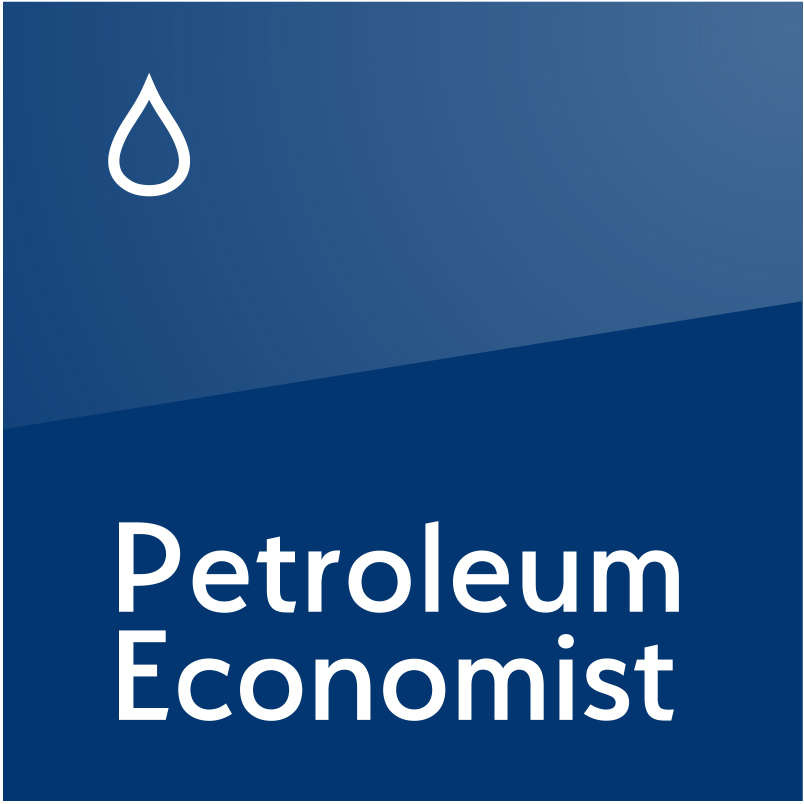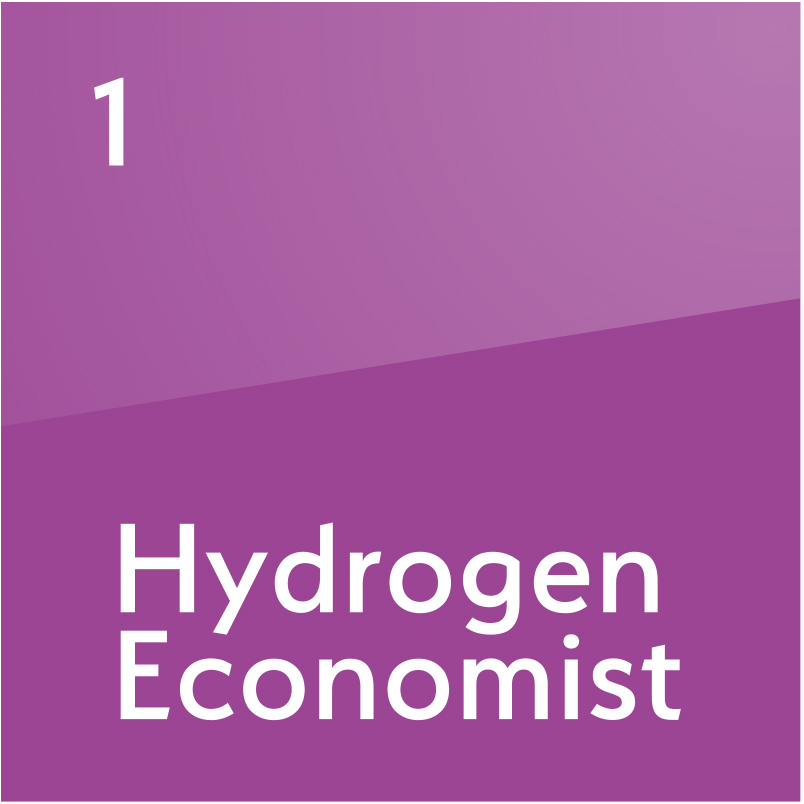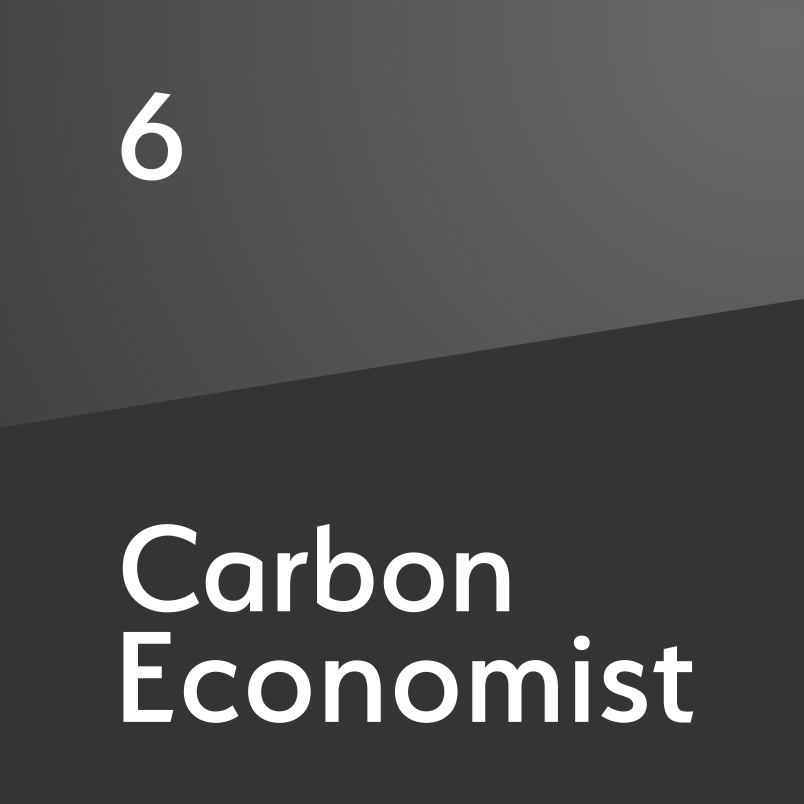OPEC and IEA divergence highlights assumption blackspots
Supply glut or supply deficit are both plausible outlooks, with tariffs and sanctions among the key risks that could swing the pendulum
OPEC and the IEA continue to offer divergent perspectives on oil supply and demand. For 2024, the demand differences rose to as much as 1.24m b/d in June and July, but the gap narrowed to 0.6m b/d at the start of the year. For 2025, the IEA sees a year-on-year demand increase of 1.05m b/d, but OPEC remains optimistic despite the possibility of US tariffs against several countries and similar reciprocal steps by other nations. The oil alliance estimate for a consumption increase in 2025 is 1.45m b/d. OPEC projects Chinese demand growth at 310,000b/d in 2025, but the IEA expects year-on-year demand growth in Asia’s largest consumer at 220,000b/d. Indian consumption will rise by 240,000b/d this

Also in this section
12 December 2025
The latest edition of our annual Outlook publication, titled 'The shape of energy to come: Creating unique pathways and managing shifting alliances', is available now
12 December 2025
The federal government is working with Alberta to improve the country’s access to Asian markets and reduce dependence on the US, but there are challenges to their plans
11 December 2025
The removal of the ban on oil and gas exploration and an overhaul of the system sends all the right messages for energy security, affordability and sustainability
10 December 2025
The economic and environmental cost of the seven-year exploration ban will be felt long after its removal







